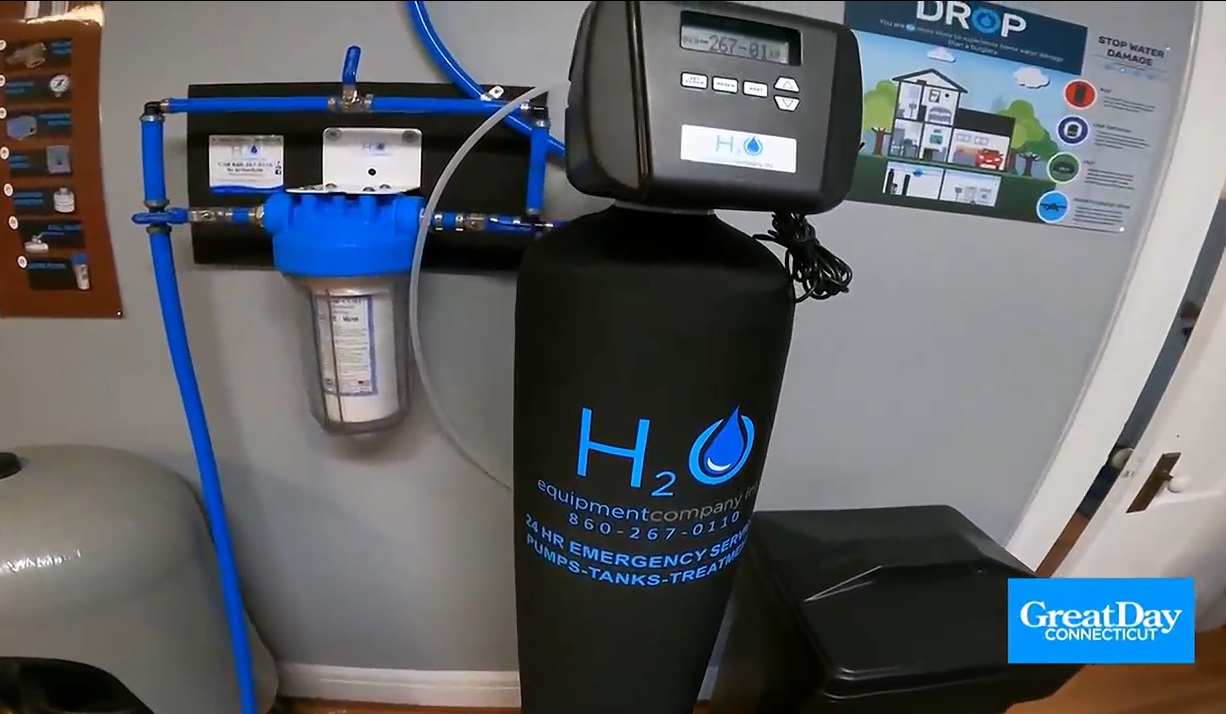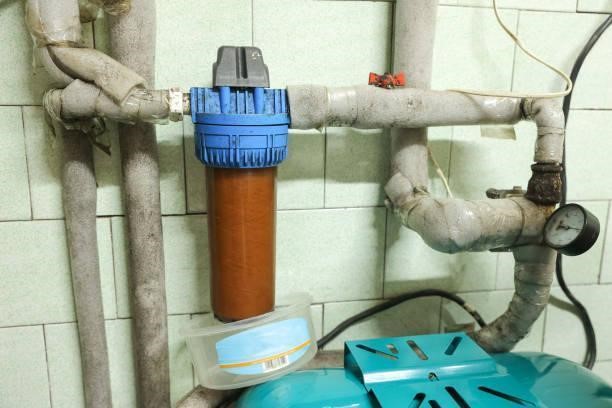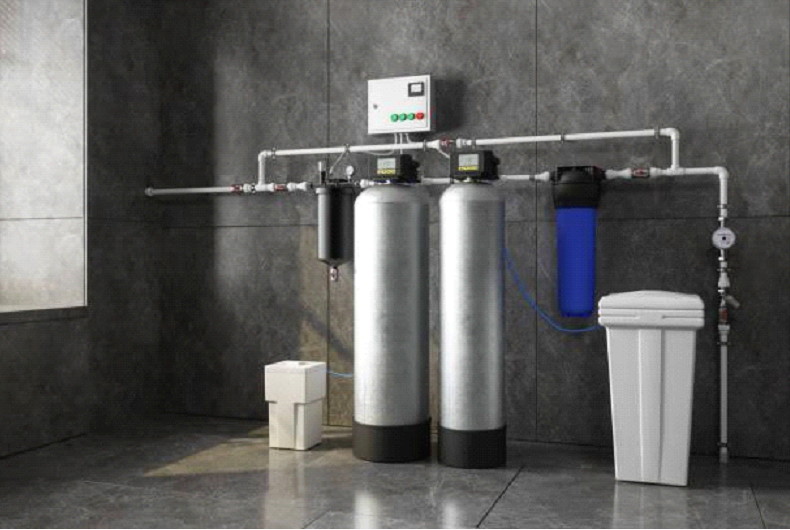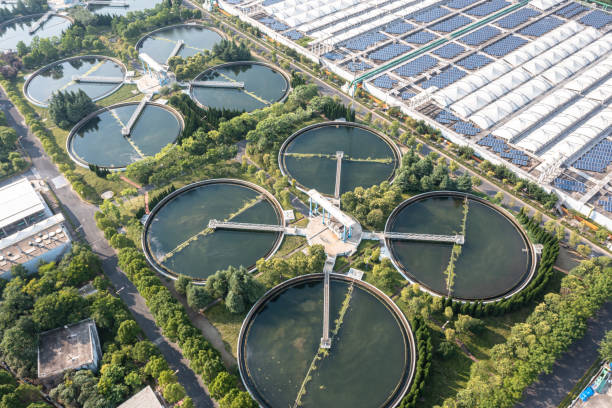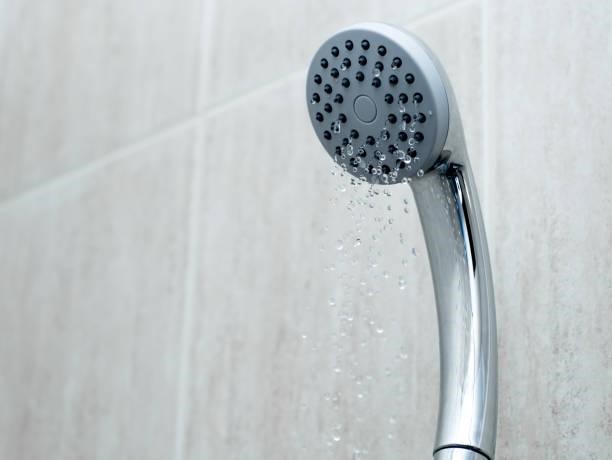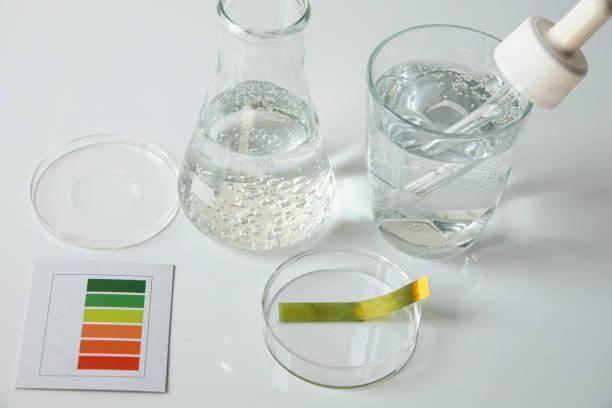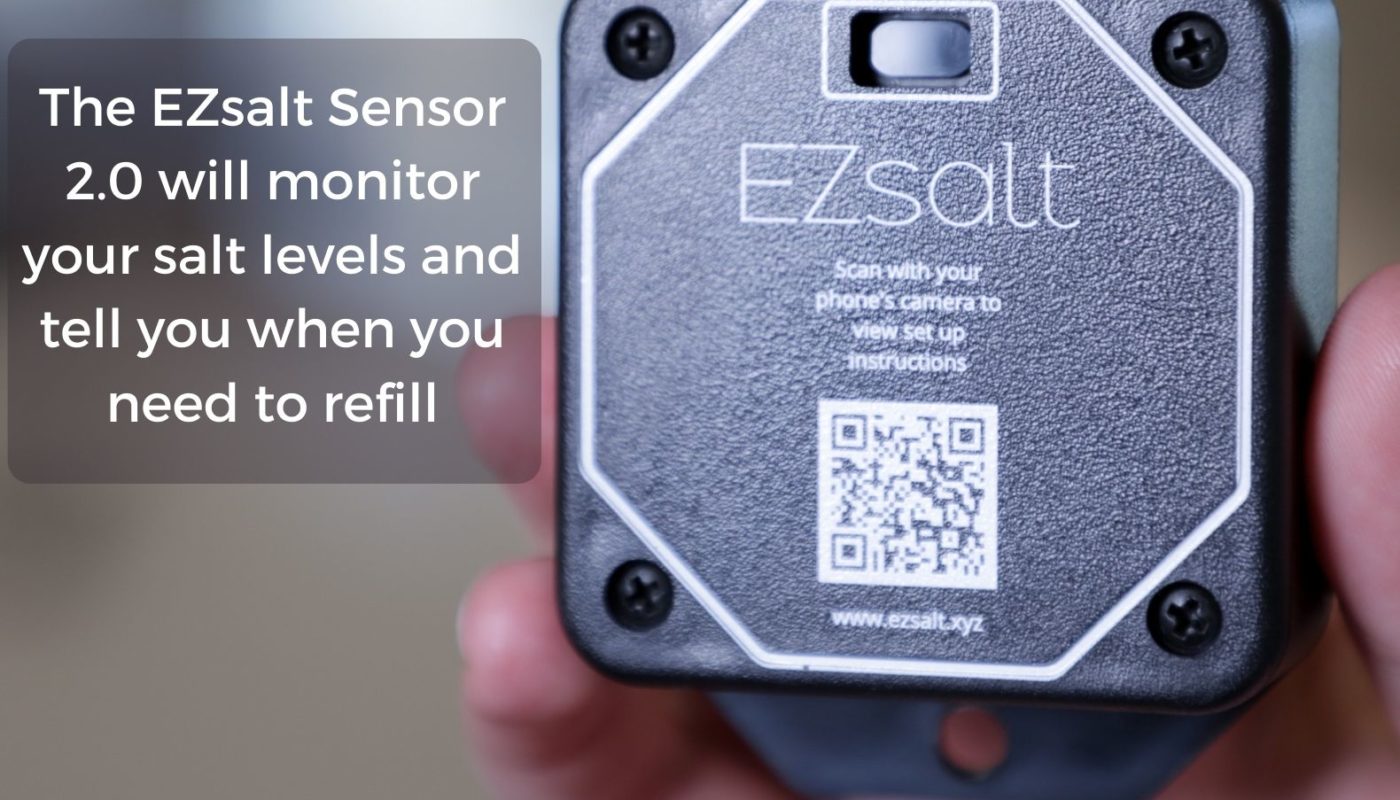Great Day Connecticut Spotlights H2O Equipment Company Great Day Connecticut, a popular and locally produced show on WFSB Channel 3, recently featured our business and how we specialize in comprehensive water treatment solutions. During their visit, the show explored our company’s services, state-of-the-art water testing options, and the variety of well services we offer to Read the full article…
Filtration Problems and Solutions for Healthy Water
Clean, safe water is essential for daily living, but issues can cause bad taste, strange odors, or reduced flow. Recognizing these matters early on can save you time and money while ensuring your water remains of the best quality. Let’s look at the common filtration problems and solutions to keep your water fresh. 1. Dirty Read the full article…
Choosing the Right Acid Neutralizer System for Well Water
When relying on well water, corrosion, blue-green staining, or a metallic taste are common. These are signs of low pH levels or acidic water. Having an acid neutralizer can easily solve these issues. However, homeowners often find it challenging to choose the right one. So, here are some factors to consider when deciding on Read the full article…
Emerging Trends in Water Treatment Systems
Water is an essential resource for life, agriculture, and industry. As the global demand for clean water grows and concerns over scarcity intensify, innovations in water treatment solutions are more crucial than ever. Here are some of the emerging trends reshaping the landscape of water treatment. 1. Smart Water Management Water management has been revolutionized Read the full article…
Effective Solutions for Low Water Pressure
Weak shower streams, trickling faucets, and poor washing machine performance caused by low water pressure in your house can be incredibly frustrating and disruptive. Fortunately, there are simple yet effective solutions to address this common issue. Identifying the Cause Low water pressure in houses can result from clogged pipes, faulty regulators, or issues with the Read the full article…
Top Indicators That You Need a Well Pump Replacement or Repair
A well pump is essential to your home’s water system as it ensures a steady fresh water supply. However, they can experience issues over time, like any mechanical device. Recognizing the signs early can prevent more significant problems and costly repairs. Here are the top indicators for a well pump replacement or repair. Decreased Water Read the full article…
Water Testing: What Does Low PH Water Mean?
Ever notice blue-green stains on your bathroom fixtures or a metallic taste when you drink? These can indicate low pH levels in your water. Understanding pH levels and their impact is crucial for maintaining your plumbing and ensuring the safety of your drinking supply. Let’s explore what pH means, the causes and effects of low Read the full article…
How To Remove PFAS From Residential Drinking Water
The EPA recently released information about a growing health concern in our drinking water called PFAS. PFAS stands for “Per and Polyflouroalkyl Substances. Learn more about these man-made chemicals, how you can become exposed, health risks, and how to remove PFAS from your well water. What are PFAS? PFOA – Perfluorooctanoic Acid PFOS – Perfluorooctane Read the full article…
Get Low Salt Level Alerts For Your Water Softener With EZsalt
You realize one morning your water doesn’t feel as soft as it should, or that there is some orange staining forming on your shower walls and remember that it has been some time since you checked the salt level for your water softener. You trek down to the basement to discover the brine tank is Read the full article…
The Different Contaminants in Your Water
As a homeowner, it is critical to ensure your water is of the best quality. Having contaminated drinking water can put you and your family at risk, so it is essential to know the steps you need to take to test your water for contaminants – and when to begin treating your water based on Read the full article…

